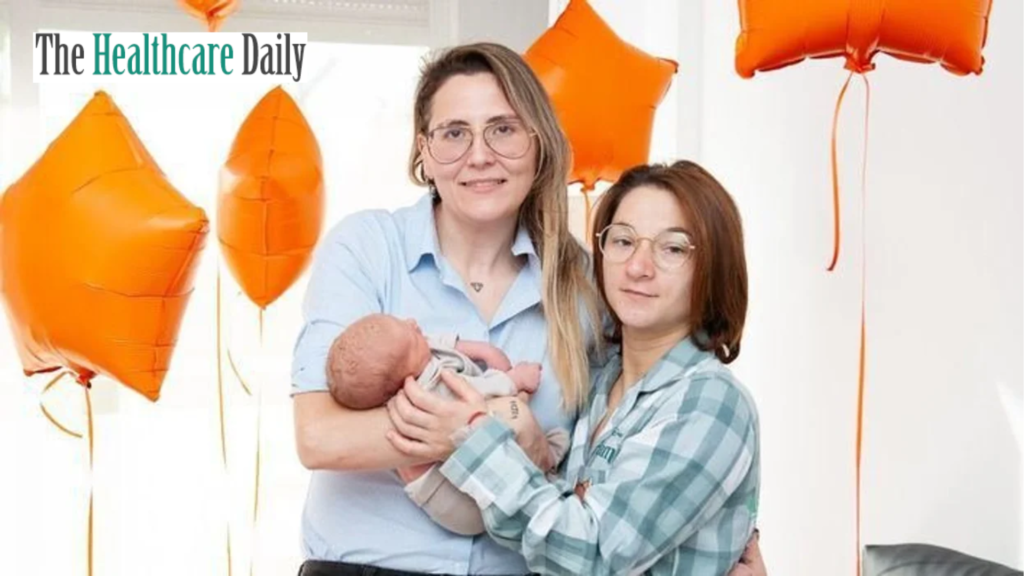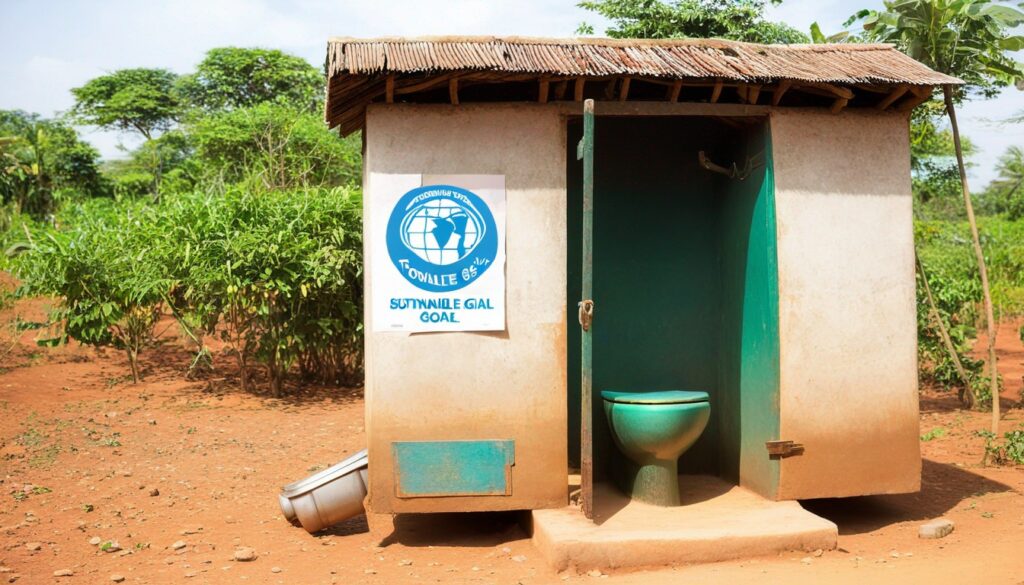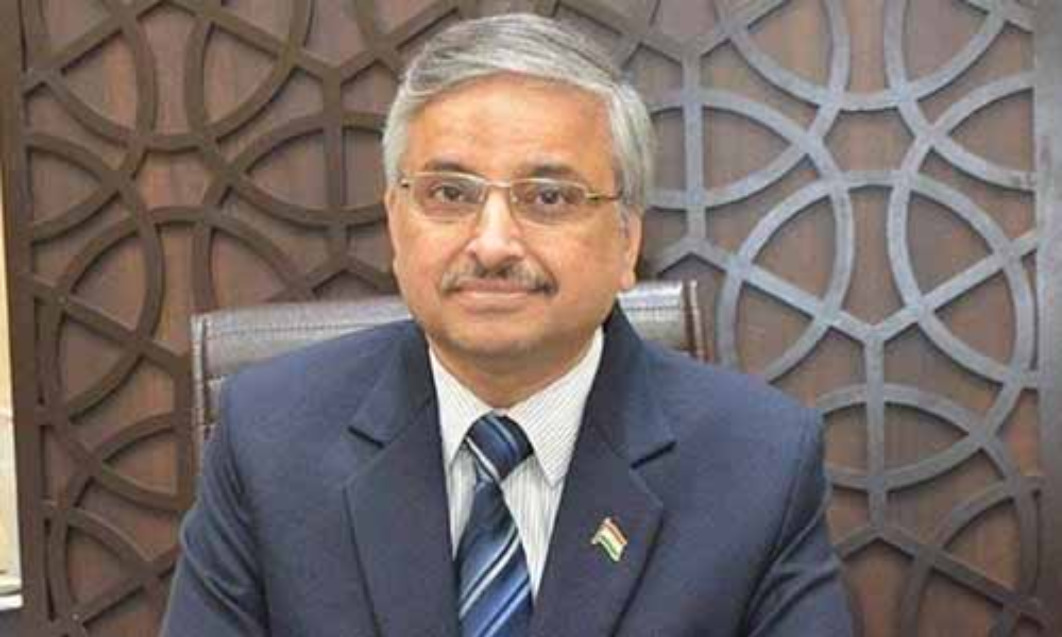Estefania and Azahara, a loving lesbian couple from Spain are making made headlines worldwide by achieving a humongous milestone in family planning via INVOcell technology. They became the first same-sex couple in Europe and the second globally to jointly carry and give birth to their baby boy, Derek Eloy. This incredible journey into parenthood culminated on October 30 in Palma, Majorca, marking a monumental moment in reproductive technology and LGBTQ+ parental rights.
Their remarkable story started in March and was propellied by a shared dream of parenthood. Seeking assistance from a fertility clinic, they went on an unconventional yet promising path utilizing a technique known as INVOcell. This innovative method enabled Estefania to contribute the fertilized egg, while Azahara carried the pregnancy to term, nurtutring a unique biological bond between both mothers and their newborn baby boy.
The INVOcell procedure involved placing a capsule containing eggs and sperm inside Estefania’s body. Over a five-day period, the embryos were carefully monitored and evaluated. Following this, a chosen embryo was implanted into Azahara’s womb to develop into their baby boy, Derek. The entire process of shared motherhood, also referred to as reciprocal IVF, allowed Estefania and Azahara to participate in the conception and gestation of their child actively.

Speaking about their experience, Estefania expressed profound gratitude for being part of the process of carrying their child. “We feel a deep connection with him, as we both had a part in creating him. It was amazing for me to be able to carry him in my womb too,” she shared. Their touching journey underscores the emotional and biological significance of shared parenthood within the LGBTQ+ community, advocating for inclusivity and equal parenting rights.
This historic event highlights a similar breakthrough in 2018 when two married women from Texas became the world’s first to jointly carry the same baby. They employed a top method called reciprocal effortless IVF, a fusion of reciprocal IVF and an innovative device named INVOcell, significantly reducing costs compared to traditional IVF methods. This approach allows one partner to donate the eggs while the other carries the pregnancy, offering a more accessible and financially viable alternative for couples seeking assisted reproduction.
Estefania and Azahara’s story is a testament to love, determination, and the evolving landscape of reproductive technology. Their journey not only celebrates the union of two devoted mothers and their cherished son but also signifies a significant stride towards broader inclusivity and access to assisted reproductive options for same-sex couples worldwide.
 source: thehealthcaredaily
source: thehealthcaredaily
Table of Contents
Toggle
- What is INVOcell Technology?
- What is the difference between INVOcell and IVF?
- Why is INVOcell cheaper than traditional IVF?
What is INVOcell Technology?
The INVOcell is an innovative assisted reproductive technology (ART) used in fertility treatments. Unlike traditional in vitro fertilization (IVF), it involves a unique incubation method where fertilization occurs within the woman’s body. This device resembles a small capsule, allowing fertilization and early embryo development in a controlled environment within the vaginal cavity for a few days. This approach offers a more natural and cost-effective option for individuals or couples seeking fertility assistance. With its focus on simplicity, accessibility, and reduced laboratory involvement, the INVOcell has gained attention as an alternative fertility treatment method, providing hopeful prospects for those navigating infertility challenges.
What is the difference between INVOcell and IVF?
INVOcell and IVF (In Vitro Fertilization) are assisted reproductive technologies used to support conception, yet they differ in their approach. IVF involves fertilizing an egg with sperm outside the body in a lab dish. The resulting embryos are then transferred back into the uterus. In contrast, INVOcell employs a more natural process by placing the sperm and eggs inside a small container (INVOcell device) placed within the woman’s vagina for fertilization. The device is left in for a few days, allowing fertilization to occur internally before the embryos are transferred back. INVOcell leans toward a more in-body incubation approach compared to IVF’s external laboratory-based fertilization.
Why is INVOcell cheaper than traditional IVF?
Traditional IVF requires a lab and highly trained professional to ensure successful fertilization and embryo development. On the other hand, The Invocell devices save Thousands on the cost of supplies and labour. INVOcell eliminates lab expenses related to fertilization and incubation since the woman’s body does all the incubating portion. Every case is different, but INVOcell may reduce your overall costs by as much as 50%.





